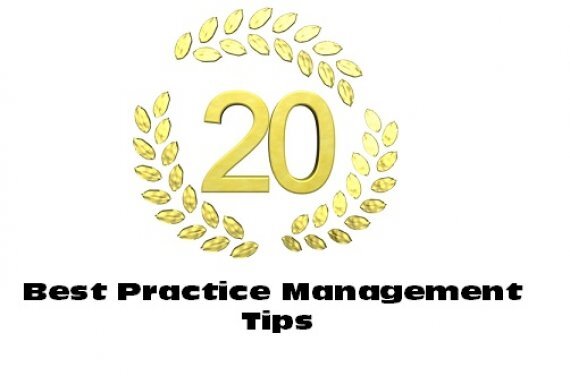
Top 20 Practice Management Tips for Advisors
This month, we took that list and broke it down to the 20 best that advisor can use to build a better practice.

Tip #1: Improve your Time Management. Matt Halloran, Top Advisor Coaching

Tip #2: Fix your Contact List. Craig Faulkner, FMG Suite

Tip #3: Upgrade your To-Do List. Ray Sclafani, ClientWise

Tip #4: Make Time for Networking. Mike Greene, Ameriprise Financial Services

Tip #5: Make Five Phone Calls Today. Michael Silver and Eric Sheikowitz, Focus Partners

Tip #6: Write Thank-You Notes. Chris Kirby, Securities America

Tip #7: Re-learn How to Ask for Referrals. Ray Sclafani, ClientWise

Tip #8: Schedule a Late Night. Michael Silver and Eric Sheikowitz, Focus Partners

Tip #9: Find a Partner. Mike Greene, Ameriprise Financial Services

Tip #10: Fix your Elevator Pitch. Chris Kirby, Securities America

Tip #11: Improve your Bottom Line. Mike Greene, Ameriprise Financial Services

Tip #12: Segment your Client Base. Mike Greene, Ameriprise Financial Services

Tip #13: Get Better Client Feedback. Stephen Wershing, Client Driven Practice

Tip #14: Delegate Responsibility. Mike Greene, Ameriprise Financial Services

Tip #15: Tackle your Succession Plan. Michael Paley, Focus Financial Partners

Tip #16: Focus on the Big Picture. Ray Sclafani, Clientwise

Tip #17: Develop a Steady Communication Plan. Mike Greene, Ameriprise Financial Services

Tip #18: Build Alliances to Expand your Practice. Marie Swift, Impact Communications

Tip #19: Create a Social Media Schedule. Craig Faulkner, FMG Suite






